Earth, Moon, and Sun
Earth, Moon, and Sun
Earth, Moon, and Sun
Explore the Earth, Moon, and Sun system. Show titles are organized by recommended grade level. Click on the title to view a trailer.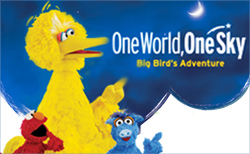
One World, One Sky: Big Bird's Adventure (Gr. PreK - 1)
Young audience members will be thrilled when they find themselves on Sesame Street with their famous friends, Big Bird and Elmo. The fun begins when Elmo's friend, Hu Hu Zhu, visits from China, and the three of them take the audience on an exciting journey of discovery to learn about the Sun, stars, and the Big Dipper. Elmo and Hu Hu Zhu blast off on an imaginary trip to the Moon, and when they return home to Earth, everyone discovers that no matter where we live, we all share the same sky. Download the Educator Guide.
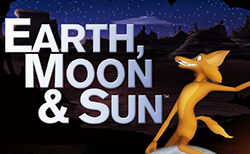
Earth, Moon, and Sun (Gr. 2 - 5) ![]()
This planetarium show explores the relationship between the Earth, Moon, and Sun with the help of Coyote, an amusing character adapted from Native American oral traditions who has many misconceptions about our home planet and its most familiar neighbors. His confusion about the universe makes viewers think about how the Earth, Moon, and Sun work together as a system. Native American stories are used throughout the show to help distinguish between myths and science.
Learn why the Sun rises and sets and the basics of fusion and solar energy. Examine the Moon’s orbit, craters, phases, and eclipses. Also, the show explores past and future space travel to our Moon and beyond. Download the Educator Guide.
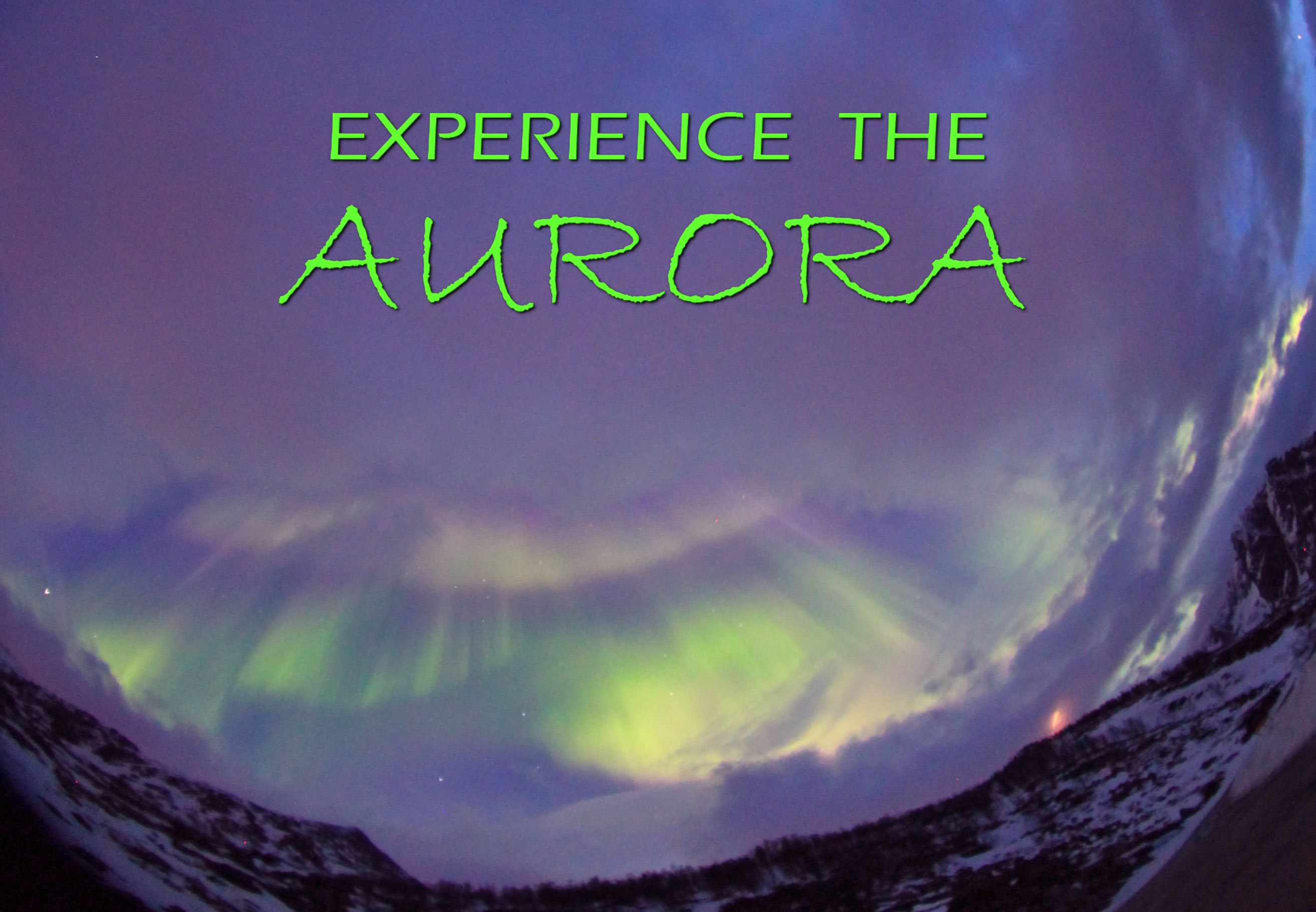
Experience The Aurora (Gr. 3 - adult)
Over seven months in the Arctic Circle, our crews captured timelapse images of the Aurora Borealis with high-resolution digital SLR cameras outfitted with fisheye lenses. The results are spectacular. For the first time the aurora has been captured as it was meant to be experienced, as a display that covers the entire sky. This immersive show shares the science behind the aurora and tells the story of our quest to find and photograph the aurora for wraparound display in fulldome theaters. Winner of 2 Telly Awards.
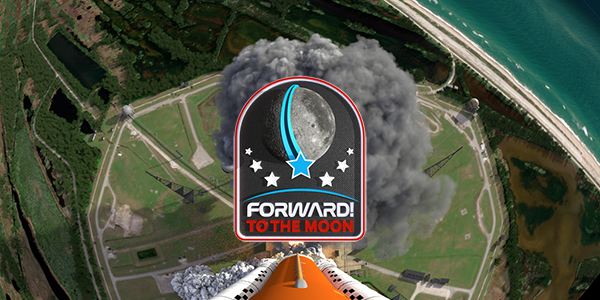
Forward! to the Moon (Gr. 3 - adult) ![]()
NASA’s 21st-century Artemis program, named after the Greek moon goddess and twin of Apollo, is the next step in our mission to explore the universe and land the first woman and person of color on the surface of the Moon. Using innovative technologies to explore more of the lunar surface than ever before, NASA uses what they learn on and around the Moon to take the next giant leap: sending the first astronauts to Mars. Join Kari Byron from Crash Test World and MythBusters as she launches on a journey beyond the Earth toward a sustainable future in space.
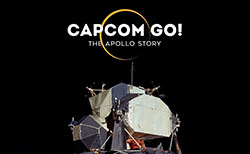
CAPCOM GO! (Gr. 4 - adult) ![]()
On July 20th, 1969, 600 million people worldwide gathered to witness a historic moment of human achievement broadcast live from the Moon.
“That’s one small step for man, one giant leap for mankind.” -Neil Armstrong.
The world celebrated as the astronauts took their first steps on the Moon. But few people were aware of just how huge an effort it had taken to get them there. These Apollo 11 astronauts were just 2 of nearly 400,000 people who worked over ten years towards this goal. But how did they do it? What did it take to put humans on the Moon?

Birth of Planet Earth (Gr. 5 - adult) ![]()
Birth of Planet Earth tells the twisted tale of our planet’s origins.
Scientists now believe that our galaxy is filled with solar systems, including up to a billion planets roughly the size of our own. The film employs advanced, data-driven, cinematic-quality visualizations to explore some of the greatest questions in science today: How did Earth become a living planet in the wake of our solar system’s violent birth? What does its history tell us about our chances of finding other worlds that are truly Earth-like?
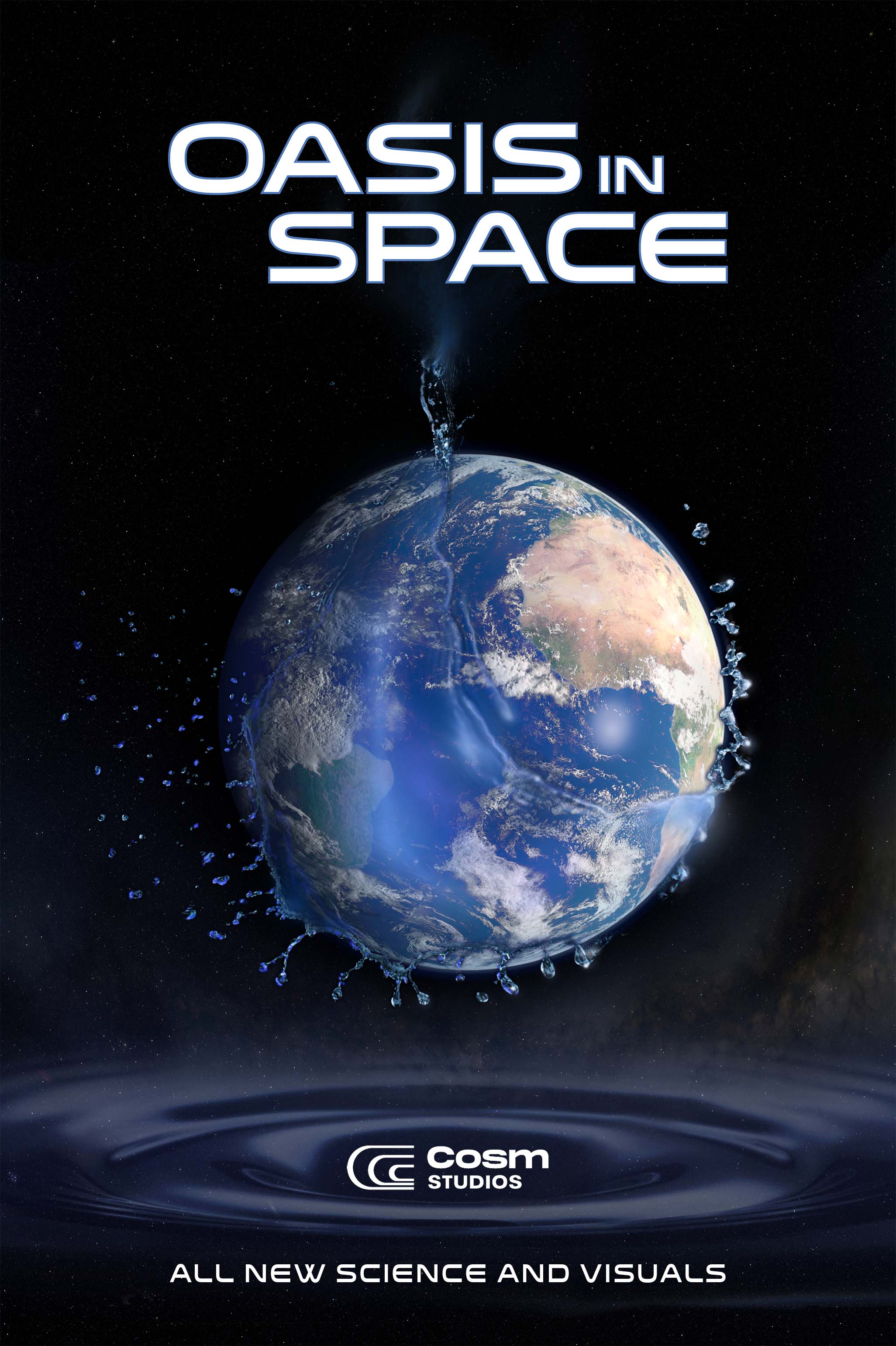
Oasis in Space (Gr. 5 - adult)
Go on a startling and beautiful voyage through our universe, galaxy, and solar system, searching for water and water worlds like Earth. We begin by exploring Earth, with its vast oceans and plentiful water that makes life possible. One by one, we fly to the other planets and moons, discovering their characteristics, such as atmosphere, temperature, and composition. Spectacular images invite audiences to draw their own conclusions about the other worlds in our solar system and beyond: is there water out there? Is there life beyond Earth? Download the Educator Guide.
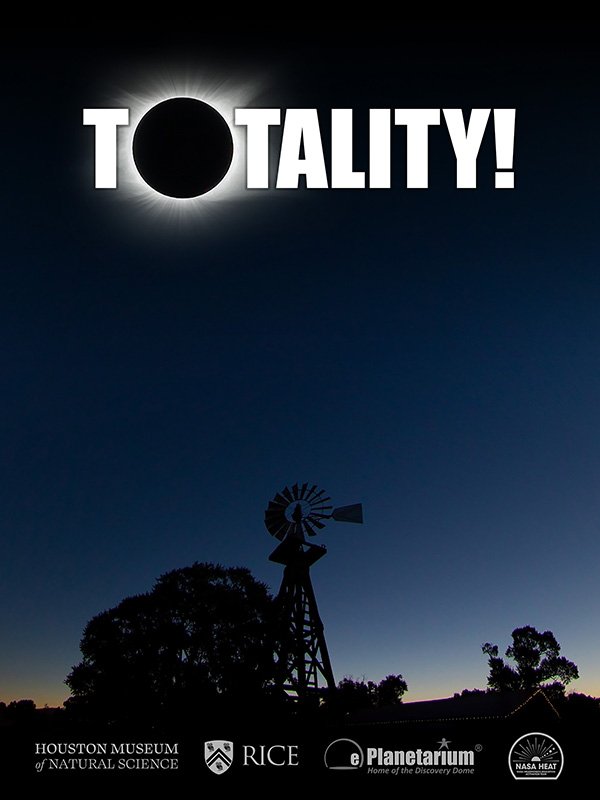
Totality! (Gr. 4 - adult)
Total solar eclipses are a rare and beautiful phenomenon, and in this new planetarium show, you will learn how eclipses happen, how to safely view one, and where the next eclipses occur. You will learn the history of eclipse watchers and how to observe safely.
Two eclipses cross the US in 2023 and 2024 - an annular on October 14, 2023, and a total eclipse on April 8, 2024! Everyone in the continental US will experience at least a partial solar eclipse on April 8. Get ready for them both with this new production by Rice University and ePlanetarium!